Inside The New York Botanical Garden
Posted in Around the Garden, Photography on January 17 2013, by Matt Newman
Whether it grabs you as reminiscent of a whispy starfish or a snarl of streamers, this wine-hued curiosity is worth a second look. You won’t catch Herrania balaensis growing beyond the borders of Ecuador, and even there it’s a rarity.
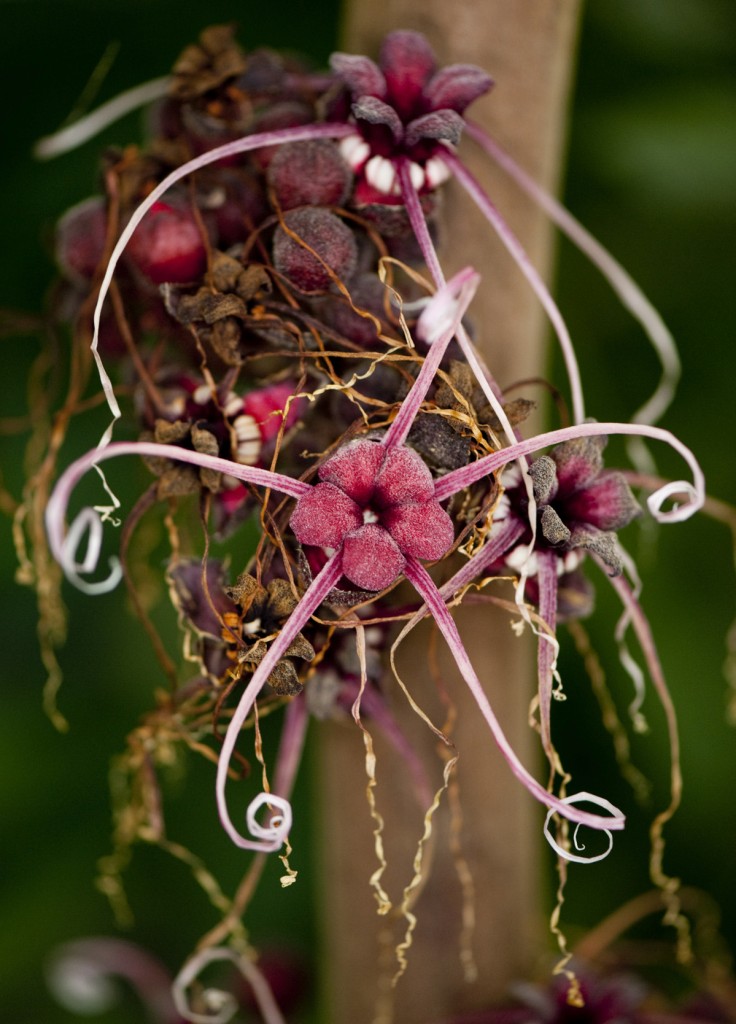
Herrania balaensis var. pouess — Photo by Ivo M. Vermeulen
Posted in Programs and Events on January 16 2013, by Matt Newman
 Our Holiday Train Show may be packed away for another year, but thanks to the thoughtful cast of All Aboard with Thomas and Friends™, kids who haven’t had the opportunity to chug along with Thomas and his companion, Driver Sam, will now have almost the entire month of January to take part. That’s from now until January 27, at varying times in the NYBG‘s Ross Hall. And to make these family memories last, know that this is no simple puppet show–the cast will need your kids’ help in guiding the wayward Thomas all the way to Brendam Docks, with crowd interaction, singalongs, and more.
Our Holiday Train Show may be packed away for another year, but thanks to the thoughtful cast of All Aboard with Thomas and Friends™, kids who haven’t had the opportunity to chug along with Thomas and his companion, Driver Sam, will now have almost the entire month of January to take part. That’s from now until January 27, at varying times in the NYBG‘s Ross Hall. And to make these family memories last, know that this is no simple puppet show–the cast will need your kids’ help in guiding the wayward Thomas all the way to Brendam Docks, with crowd interaction, singalongs, and more.
Just keep in mind that our shows are incredibly popular this time of year, so you’ll definitely want to take a moment and register for your tickets sooner, rather than later. Even with several shows per day (up to five on Saturdays and Sundays), we’re still filling seats at a record pace!
Read More
Posted in Science on January 16 2013, by Scott Mori
Scott A. Mori has been studying New World rain forests for The New York Botanical Garden for over 35 years. He has witnessed an unrelenting reduction in the extent of the tropical forests he studies and as a result has become interested in the ecosystem services provided by them.
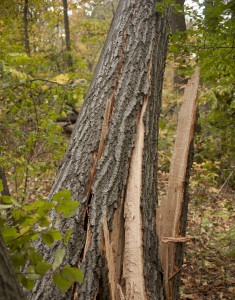 Hurricane Sandy left a path of fallen trees throughout its course, including over 100 at The New York Botanical Garden. Included in this devastation at the NYBG was a 101-foot-tall red oak thought to be 200 years old; this majestic tree provided the right habitat for spring-blooming plants in the Azalea Garden. Repeated storms with such force and frequency are making people ask if the storms could be related to global warming.
Hurricane Sandy left a path of fallen trees throughout its course, including over 100 at The New York Botanical Garden. Included in this devastation at the NYBG was a 101-foot-tall red oak thought to be 200 years old; this majestic tree provided the right habitat for spring-blooming plants in the Azalea Garden. Repeated storms with such force and frequency are making people ask if the storms could be related to global warming.
Climatologists have demonstrated that impressive swings in climate have taken place over the course of earth’s history—for example, the northeastern United States has been covered by glaciers during some periods and by tropical forests at other times. Because of these extremes of climate, it is difficult to say with certainty what the cause of such violent weather is. The proximate, or direct, cause of Hurricane Sandy was the convergence of three “normal” weather patterns: 1) a tropical storm with very strong winds coming from the south; 2) a trough of low pressure from the Arctic that strengthened the storm as it moved north; and 3) a block of high pressure in the northeastern Atlantic which forced the storm inland. In contrast, the more difficult question is: “What are the ultimate causes that make storms stronger and more frequent?”
Read More
Posted in Around the Garden, Photography on January 16 2013, by Matt Newman
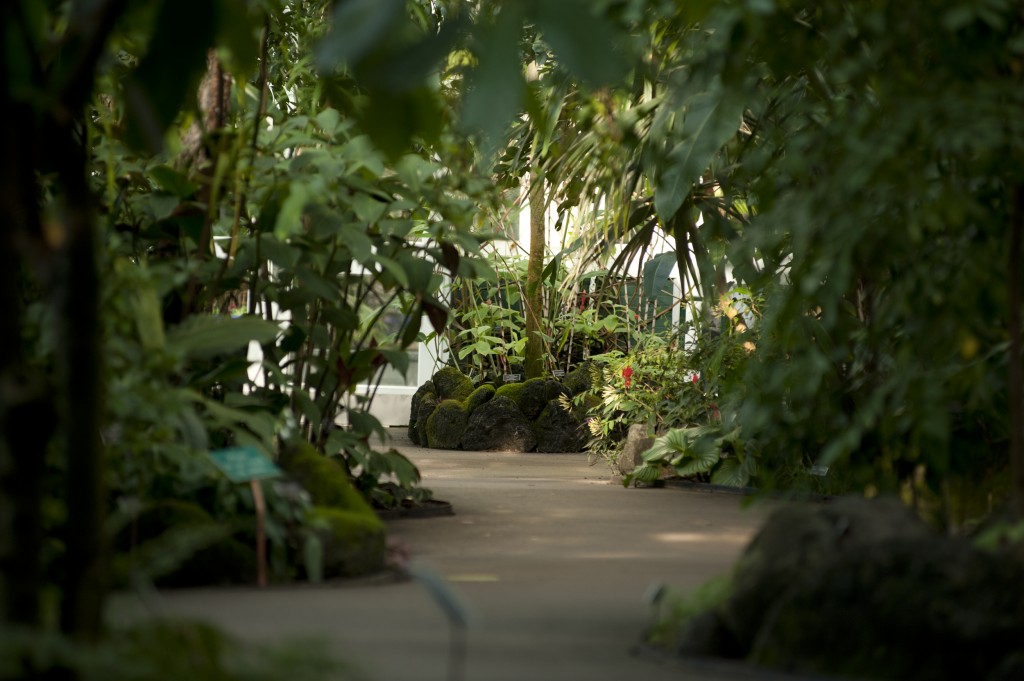
The Enid A. Haupt Conservatory — Photo by Ivo M. Vermeulen
Posted in Gardens and Collections on January 15 2013, by Sonia Uyterhoeven
Sonia Uyterhoeven is the NYBG‘s Gardener for Public Education.
 In December, I recounted the story of the renowned 19th century botanist Asa Gray’s quest for Oconee bells (Shortia galacifolia). The New Year brings new stories; this one takes us on a journey from the northeastern region of Brazil to English hothouses and Scottish botanic gardens. It is the tale of one of the early discoveries of the corsage orchid: Cattleya labiata.
In December, I recounted the story of the renowned 19th century botanist Asa Gray’s quest for Oconee bells (Shortia galacifolia). The New Year brings new stories; this one takes us on a journey from the northeastern region of Brazil to English hothouses and Scottish botanic gardens. It is the tale of one of the early discoveries of the corsage orchid: Cattleya labiata.
In 1816, a naturalist named William Swainson traveled into the jungles of northern Brazil in search of exotic ferns, mosses, and tropical plants to send back to collectors and botanical gardens in the United Kingdom. One of his shipments reached a man named William Cattley. A collector and avid horticulturist, Cattley lived on the outskirts of London in Barnet, England, where he grew topical plants–including orchids–in his hothouse.
Many stories from the past are surrounded by a certain mythology, and this one is no exception. The romantic version of this tale is that Cattley received a specimen of the orchid used as packing material to protect a shipment of ferns. The keen horticulturist was wise to see that he had something special in hand, and rescued the orchid from the packing material.
Read More
Posted in Around the Garden, Photography on January 15 2013, by Matt Newman
A dainty future star, waiting for its exhibition to come around in the Nolen Greenhouses for Living Collections.
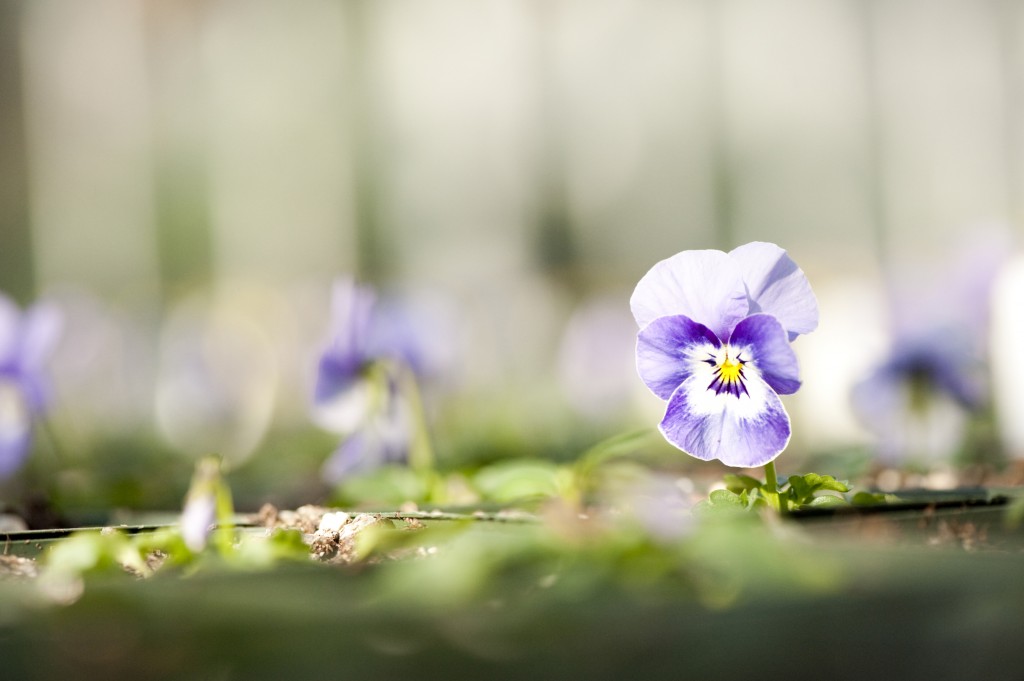
Photo by Ivo M. Vermeulen
Posted in Around the Garden, Photography on January 14 2013, by Matt Newman
Green on green is nothing special in the plant world, at least up until you find a flower of such description. At that moment, things sway into the realm of magical. It all begins March 3rd–mark your calendars!
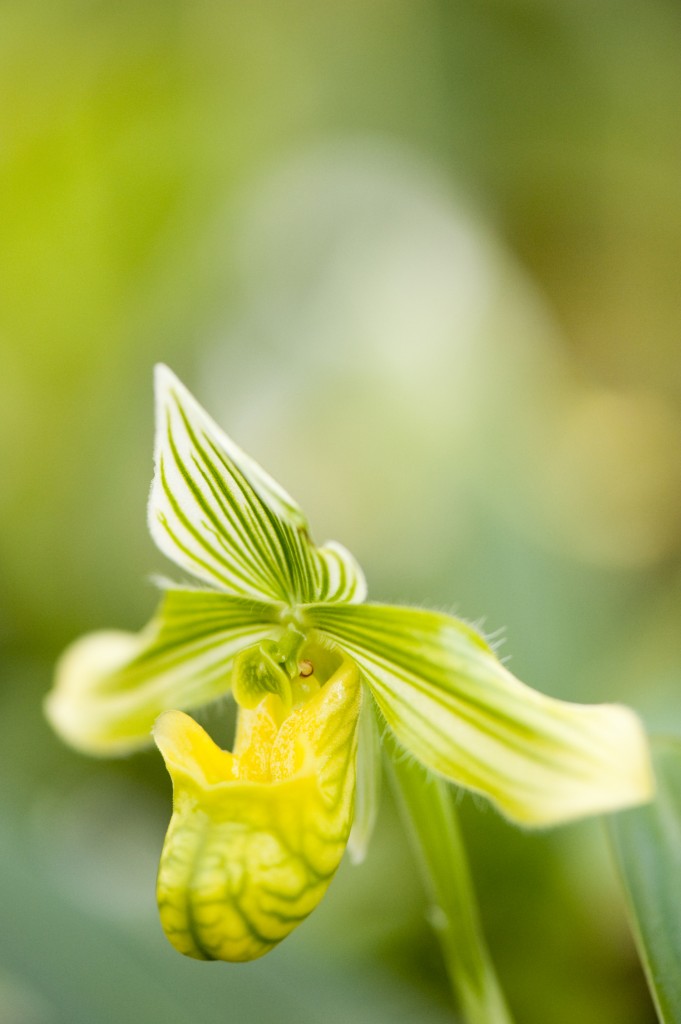
Paph. venustum — Photo by Ivo M. Vermeulen
Posted in Around the Garden, Photography on January 13 2013, by Matt Newman
Today marks the last day of 2012’s Holiday Train Show, and while it’s bittersweet to see the trains leave station for the last time until next winter, we’re happy to have given so many thousands of people a few holiday memories to tuck away. Until next season!

Photo by Ivo M. Vermeulen
Posted in Around the Garden, Photography on January 12 2013, by Matt Newman
To prove that even succulents can boast the brightest colors, Echeveria is always willing to step up to bat. You might even catch a few flaunting their stuff in the arid landscape houses of the Enid A. Haupt Conservatory.
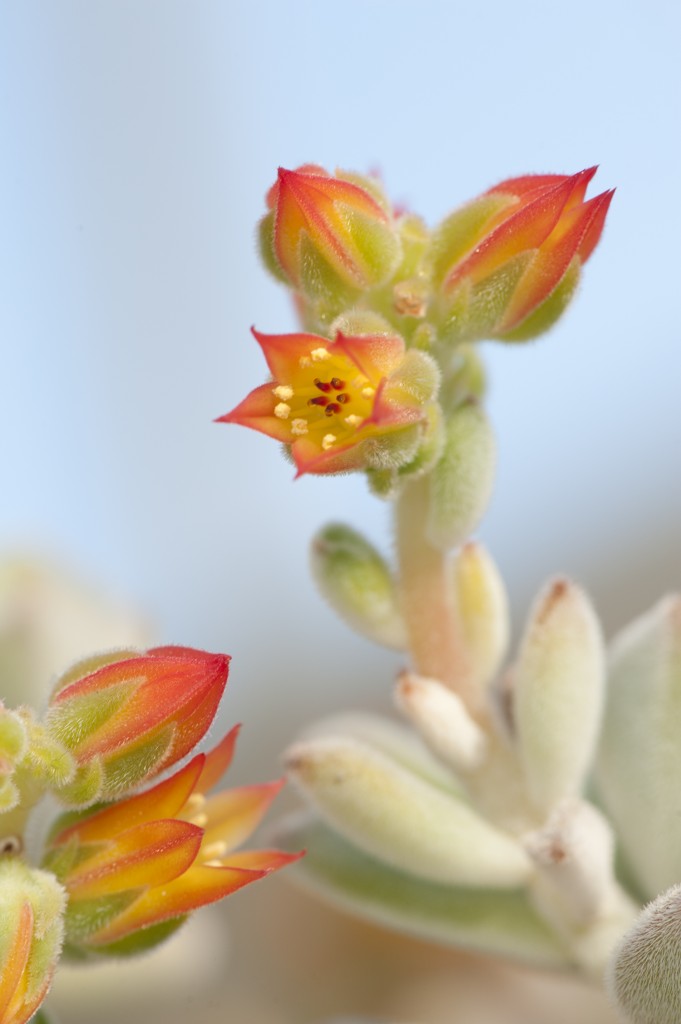
Echeveria leucotricha — Photo by Ivo M. Vermeulen
Posted in Around the Garden on January 11 2013, by Matt Newman
 The ornaments have been shuffled into the attic and you’ve wrapped your holiday lights into an “unknottable” ball (we’ll see what the garage has to say about that in eleven months). For most, the holidays are done with. But while work and school are back in full swing, the celebration continues here at the NYBG. Our lights are still twinkling, our conifers still decked to the nines in seasonal flash–you’ll hear at least a few quiet Christmas classics humming in the Conservatory. Sadly, at some point, we do have to pack it in for another year (coming exhibitions need the space to sprawl). This weekend, we say goodbye to the Holiday Train Show of 2012.
The ornaments have been shuffled into the attic and you’ve wrapped your holiday lights into an “unknottable” ball (we’ll see what the garage has to say about that in eleven months). For most, the holidays are done with. But while work and school are back in full swing, the celebration continues here at the NYBG. Our lights are still twinkling, our conifers still decked to the nines in seasonal flash–you’ll hear at least a few quiet Christmas classics humming in the Conservatory. Sadly, at some point, we do have to pack it in for another year (coming exhibitions need the space to sprawl). This weekend, we say goodbye to the Holiday Train Show of 2012.
Of course, thousands of people have already taken advantage of the stretched holiday schedule at the Garden, and there are still a couple of days for you to do so! We’ll be running our normal Conservatory schedule throughout Saturday and Sunday, with one last Train Show tour on Saturday at 2:30. You’ll also catch Thomas & Friends™ continuing throughout the weekend (though we hope you bought your tickets already, most shows are sold out). That event happens to keep the pace until January 27, so even if you can’t make it this time, there are still plenty of opportunities waiting for you.
Read More










